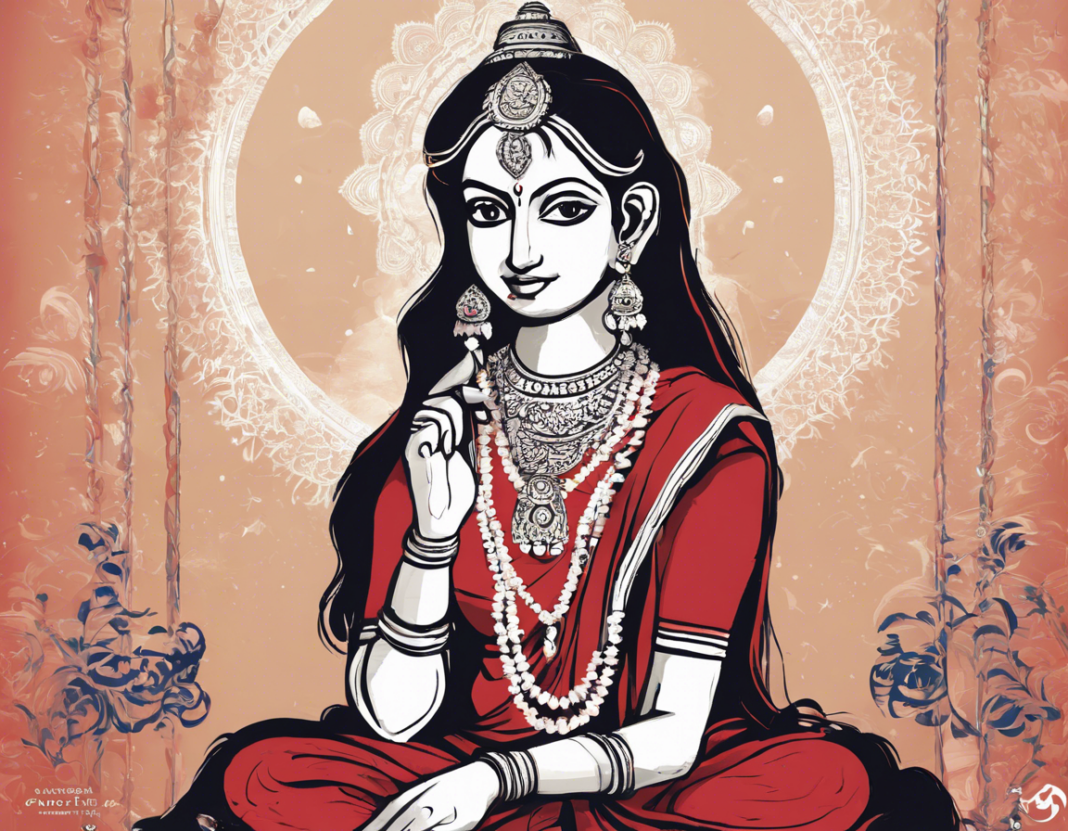The Bhagavad Gita, often referred to as the Gita, is a 700-verse Hindu scripture that is part of the Indian epic Mahabharata. It is a sacred text of the Hindu religion and is considered one of the most important spiritual classics in the world. The Bhagavad Gita is a conversation between Lord Krishna and Prince Arjuna that takes place on the battlefield of Kurukshetra, just before the start of a great war. In this epic dialogue, Lord Krishna imparts spiritual wisdom and guidance to Arjuna, addressing his doubts and dilemmas about life, duty, and righteousness.
One of the most profound and transformative aspects of the Bhagavad Gita is its teachings on dharma, karma, and self-realization. These concepts serve as the foundation for understanding the deeper meaning and purpose of life. The Gita presents a synthesis of various paths to spiritual realization, including Karma Yoga (the path of selfless action), Bhakti Yoga (the path of devotion), and Jnana Yoga (the path of knowledge).
The Essence of the Bhagavad Gita
The Bhagavad Gita addresses universal themes such as the nature of reality, the concept of duty, the illusion of the material world, and the eternal soul. It offers practical guidance on how to live a meaningful and fulfilling life while remaining detached from the fruits of our actions. The essence of the Gita can be summarized in the following key teachings:
1. Selfless Action (Karma Yoga):
- The Gita emphasizes the importance of performing one’s duties selflessly, without attachment to the results.
- By dedicating our actions to the greater good and surrendering the outcomes to the Divine, we can attain spiritual liberation.
2. Devotion to the Divine (Bhakti Yoga):
- Cultivating love and devotion toward the Supreme Being is a powerful path to spiritual realization.
- The Gita teaches that surrendering to the will of the Divine and experiencing a deep connection with God leads to inner peace and fulfillment.
3. Knowledge and Self-Realization (Jnana Yoga):
- True wisdom comes from realizing the eternal nature of the self, which is distinct from the temporary body and mind.
- By discerning the difference between the self and the material world, one can transcend suffering and attain enlightenment.
Understanding Geeta Rahasya (The Secrets of the Gita)
The Bhagavad Gita is often revered as a profound scripture that contains hidden wisdom and mystical insights known as Geeta Rahasya. These secrets are not readily apparent and require a deeper understanding of the text to unravel. Some of the key aspects of Geeta Rahasya include:
1. The Symbolism of the Battle of Kurukshetra:
- The battlefield of Kurukshetra symbolizes the internal conflict and moral dilemmas faced by every individual.
- Just as Arjuna confronts his doubts and fears in the midst of battle, we too must face our inner challenges with courage and clarity.
2. The Role of Lord Krishna as the Divine Guru:
- Lord Krishna serves as Arjuna’s guide and mentor, imparting spiritual wisdom and counsel in times of crisis.
- In the Gita, Lord Krishna represents the Supreme Consciousness that dwells within all beings, offering guidance to those who seek enlightenment.
3. The Path to Self-Realization Through Meditation:
- The Gita emphasizes the practice of meditation and self-inquiry as essential tools for self-realization.
- By quieting the mind, contemplating the nature of reality, and connecting with the Divine within, one can experience profound inner transformation.
FAQs (Frequently Asked Questions)
Here are some common questions about the Bhagavad Gita and their concise answers:
1. What is the main message of the Bhagavad Gita?
The main message of the Bhagavad Gita is to fulfill one’s duties selflessly, surrender the results to the Divine, cultivate devotion to God, and seek self-realization through knowledge and meditation.
2. How can I apply the teachings of the Gita in my daily life?
You can apply the teachings of the Gita by performing your duties with sincerity and dedication, practicing mindfulness and selflessness, cultivating love and compassion, and seeking spiritual knowledge and growth.
3. Is it necessary to be a Hindu to understand and appreciate the Bhagavad Gita?
No, the Bhagavad Gita’s teachings are universal and can be understood and appreciated by people of all faiths and backgrounds. The Gita transcends religious boundaries and offers timeless wisdom for spiritual seekers.
4. What is the significance of Arjuna’s moral dilemma in the Gita?
Arjuna’s moral dilemma represents the internal struggles and conflicts that individuals face when confronted with challenging situations. The Gita teaches us how to overcome doubt, fear, and confusion by seeking guidance from the Divine within.
5. How can I study the Bhagavad Gita effectively?
To study the Bhagavad Gita effectively, start by reading a reliable translation of the text along with a commentary that explains the verses in depth. Reflect on the teachings, meditate on key concepts, and seek guidance from spiritual teachers or study groups.
In conclusion, the Bhagavad Gita is a timeless scripture that offers profound insights into the nature of reality, the essence of spirituality, and the path to self-realization. By delving into the secrets of the Gita and applying its teachings in our lives, we can strive for personal growth, inner peace, and spiritual enlightenment.











